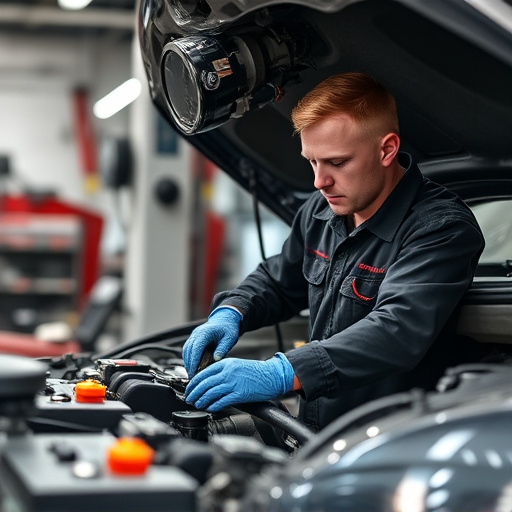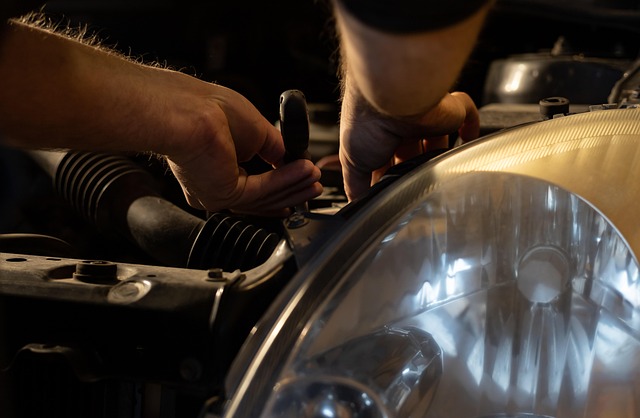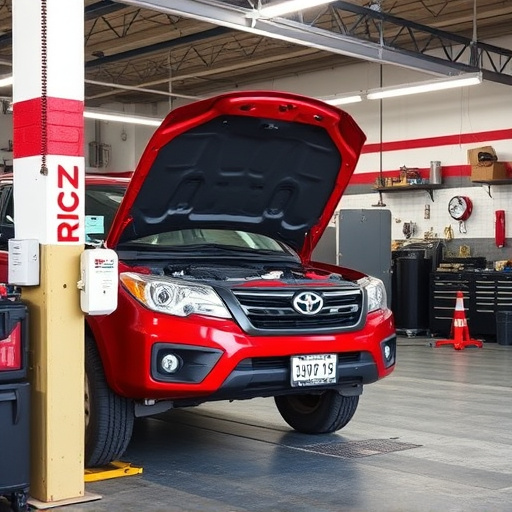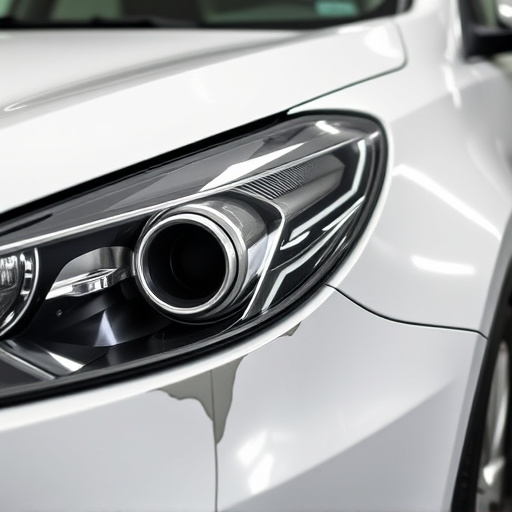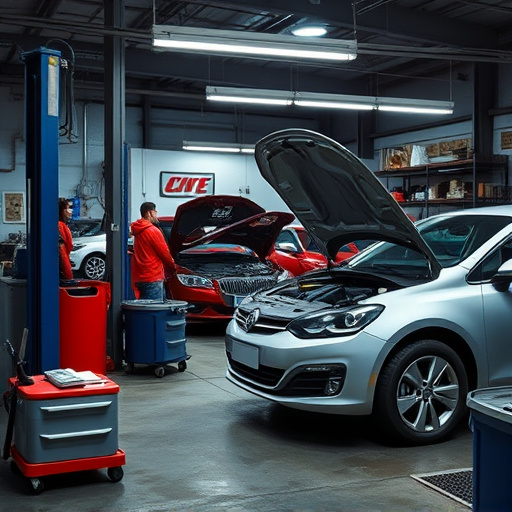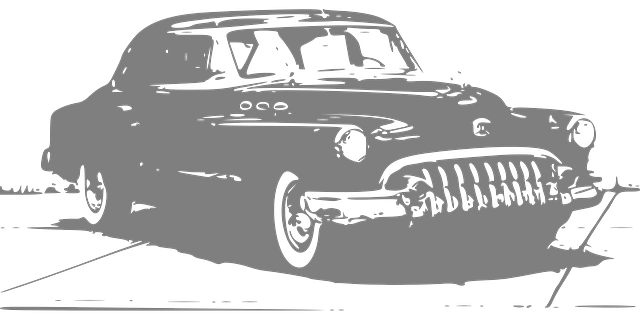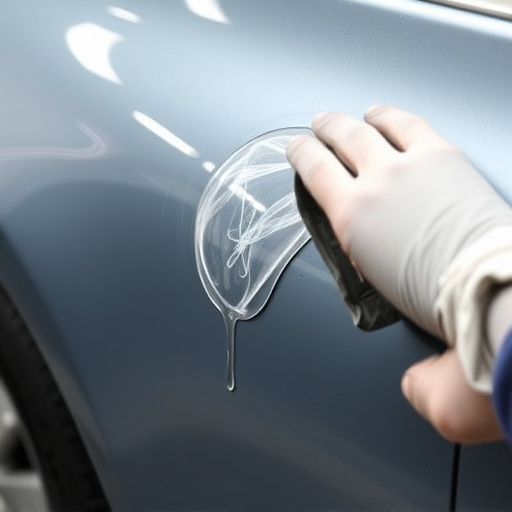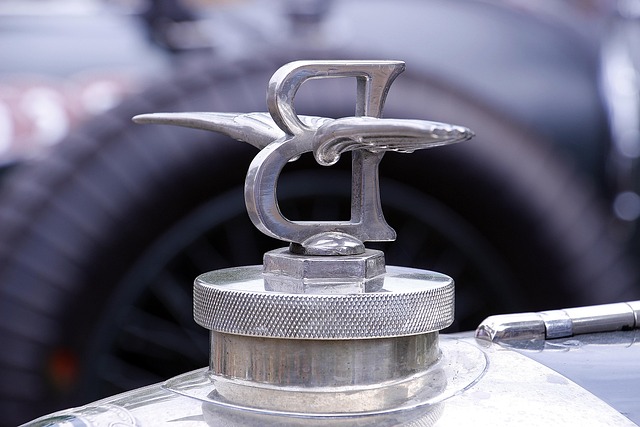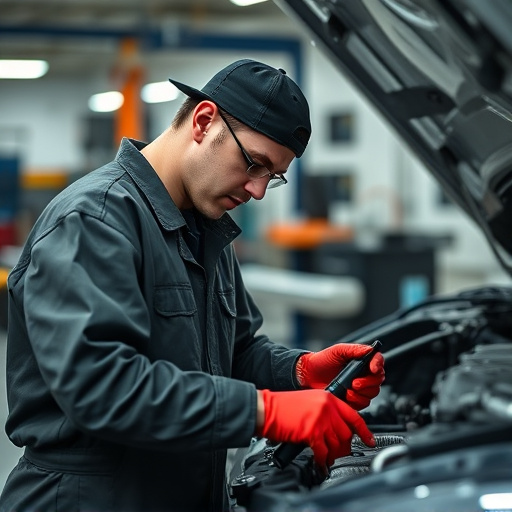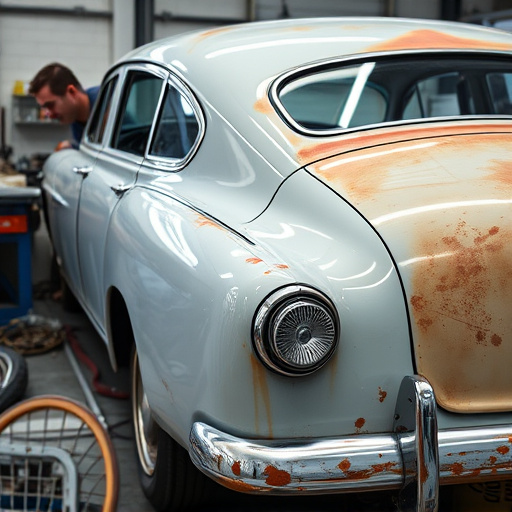Post-accident frame analysis is a meticulous scientific process that assesses vehicle damage after a collision, crucial for reconstructing accidents, ensuring safety standards, and determining liability. This involves documenting structural integrity, measuring key points, and applying physics principles. Starting with scene safety and high-quality photography, it includes interviewing witnesses, collecting reports, and reviewing maintenance records. Regular vehicle maintenance and bodywork services prevent accidents. Despite common belief, this analysis isn't limited to severe impacts but should be performed for all collisions, using computer-aided measurements and expert inspections to reveal hidden damage and meet regulatory standards. Debunking myths encourages proactive vehicle safety measures through regular specialized checks.
In the aftermath of an accident, understanding the vehicle’s structural integrity is crucial. Post-accident frame analysis techniques provide invaluable insights into damage patterns, aiding in accurate cause determination and safety improvements. This article delves into the basics of post-accident frame analysis, explores essential investigation techniques, and debunks common misconceptions. Every driver should be aware of these methods to ensure effective accident reconstruction and enhanced road safety.
- Understanding Post-Accident Frame Analysis: Unraveling the Basics
- Techniques to Master for Effective Accident Investigation
- Benefits and Common Misconceptions Debunked
Understanding Post-Accident Frame Analysis: Unraveling the Basics
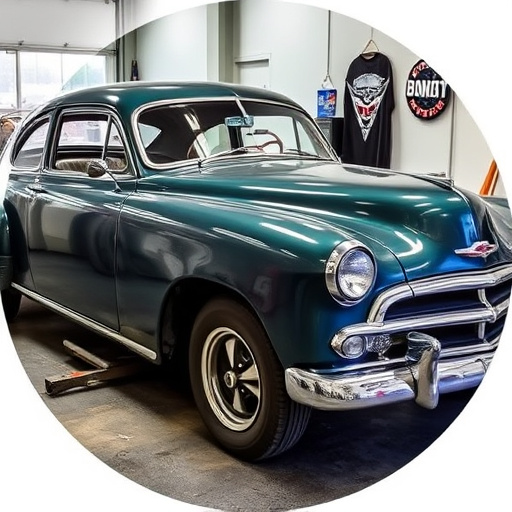
Post-accident frame analysis is a critical process that involves meticulous examination and documentation of a vehicle’s damage after a collision. It’s more than just a visual inspection; it’s a scientific approach to understanding the mechanics of an accident. By employing advanced tools and techniques, professionals in auto body services and collision centers can unravel the complex interactions that occurred during a crash.
This process begins with a thorough assessment of the vehicle’s frame, including its structural integrity and any deformations caused by impact. It involves measuring and analyzing key points on the frame to determine how far it has bent, crushed, or twisted. The data gathered is then used to calculate the force and angle of impact, helping to reconstruct the incident. Understanding these fundamentals not only facilitates accurate vehicle body repair but also plays a pivotal role in ensuring safety standards are met and liability is accurately assessed.
Techniques to Master for Effective Accident Investigation

Mastering post-accident frame analysis is a critical skill every driver should possess. It involves a systematic approach to gathering and interpreting data after a collision, ensuring that crucial details are not overlooked. This process begins with assessing the scene for safety and documenting it through high-quality photography, which can later serve as invaluable evidence during insurance claims or legal proceedings.
Effective accident investigation techniques extend beyond initial scene assessment. They encompass interviewing witnesses, collecting vehicle damage reports from auto repair shops, and reviewing maintenance records. Additionally, understanding the principles of physics and biomechanics aids in reconstructing the incident, helping to determine liability. Relying on professional car bodywork services and regular vehicle maintenance can also contribute to accident prevention by ensuring vehicles are in optimal condition before the road.
Benefits and Common Misconceptions Debunked
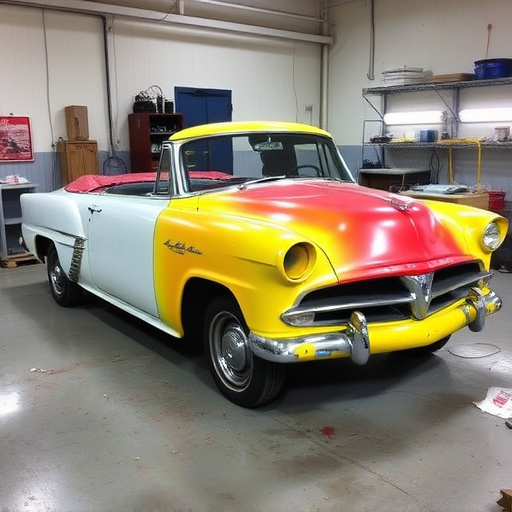
Post-accident frame analysis is a crucial process that often goes overlooked by many drivers. While some believe it’s an unnecessary expense, especially after minor incidents, understanding its benefits can change perspectives. This technique involves a detailed inspection of a vehicle’s structural integrity, identifying potential hidden damage that might affect safety and performance. By employing advanced technology and expert eyes, professionals can detect even the slightest misalignments or weaknesses in the car’s frame, ensuring it meets regulatory standards after a collision.
Common misconceptions often surround this process, with some assuming it’s only necessary for severe accidents. However, post-accident frame analysis is essential regardless of the impact severity. It goes beyond visual inspections to include computer-aided measurements and diagnostic tools that reveal hidden issues. Debunking these myths can empower drivers to make informed decisions, encouraging them to have their vehicles checked regularly by reputable collision repair centers or auto detailing experts who specialize in this service. This proactive approach ensures not only optimal safety but also preserves the car’s value and performance over time.
Post-accident frame analysis is an invaluable skill every driver should possess. By understanding the basics and mastering advanced techniques, drivers can effectively investigate accidents, gather crucial evidence, and ensure fairness in insurance claims. This article has demystified the process, highlighting the benefits and debunking common misconceptions. Embracing these practices can lead to more informed decision-making, promoting road safety and efficient accident management.
